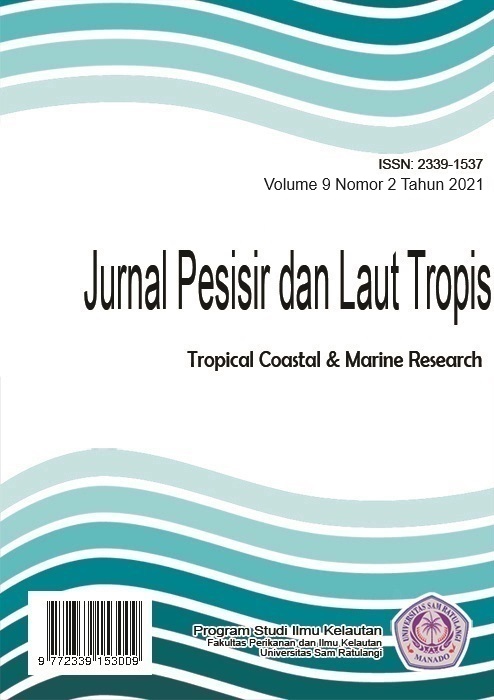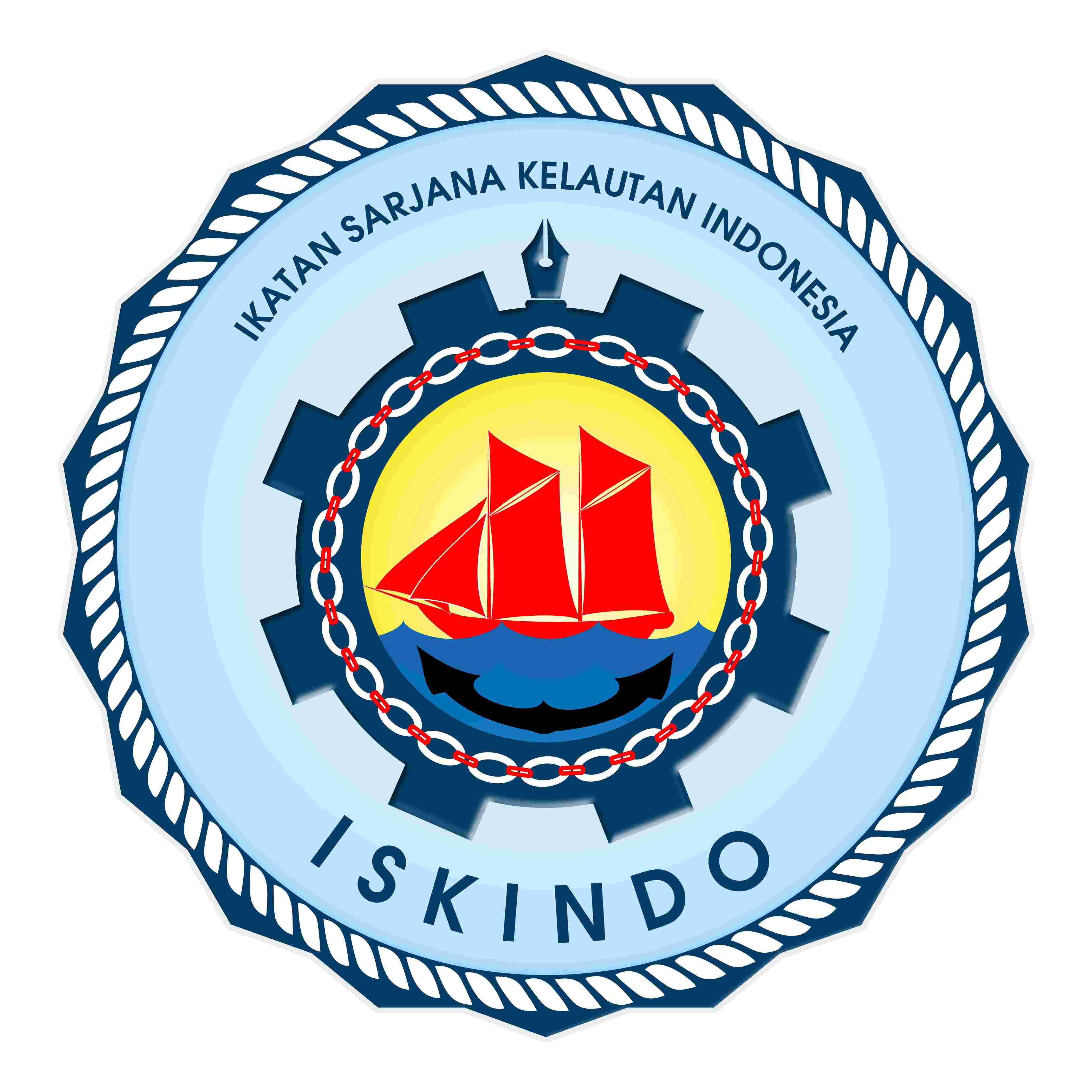PENAMBATAN MOLEKUL GLUTATION FAUNA LAUT TERHADAP RESEPTOR DARI BEBERAPA PENYAKIT VIRUS
DOI:
https://doi.org/10.35800/jplt.9.2.2021.34853Abstract
Glutathion is a tripeptides produced by almost all living creatures, including marine fauna such as rotifers and shrimps. Judging from the important molecular role of glutathion in living cell,  the ability of glutathion as antiviral compound, has been assed by application of the AutodockTools to predict the ability of glutathion as ligand to bind receptors of several viral diseases such as covid-19, malaria, and hepatitis B. Docking results of glutathion toward target receptor were shown by the parameter, Gibbs energy value, and supported by other data such as the amount of hidrogen bond, amino acid residues, and bond distance. Evidently, the glutathion could bind to each receptor of covid-19, malaria and hepatitis B, with values of  Gibbs energy (∆G), -7,9, 7,1 and -7,1 kcal/mol, respectively. This proves that glutathion has ability to bind covid-19 receptor, even stronger than its ability to bind receptors of other viral diseases, and to the remdesevir. Between glutathion and covid-19 receptor, there were 11 hidrogen bonds, with distance ranged from 2,76 to 3,25 Å. These were stronger than those between glutathion and receptors of malaria and hepatitis B, only  8 and 4 Å hidrogen bonds, respectively.  To develop glutathion as antiviral drug, it is necessary to carry out in vitro and in vivo analyses, prior to clinical test. Therefore, it requires to explore the marine fauna species that produce glutathion and their cultivation.
Keywords: molecular docking, glutathion, marine fauna, autodock vina, viral diseases, binding affinity
















